Braghadeesh Lakshminarayanan
A Metropolis-Adjusted Langevin Algorithm for Sampling Jeffreys Prior
Apr 08, 2025Abstract:Inference and estimation are fundamental aspects of statistics, system identification and machine learning. For most inference problems, prior knowledge is available on the system to be modeled, and Bayesian analysis is a natural framework to impose such prior information in the form of a prior distribution. However, in many situations, coming out with a fully specified prior distribution is not easy, as prior knowledge might be too vague, so practitioners prefer to use a prior distribution that is as `ignorant' or `uninformative' as possible, in the sense of not imposing subjective beliefs, while still supporting reliable statistical analysis. Jeffreys prior is an appealing uninformative prior because it offers two important benefits: (i) it is invariant under any re-parameterization of the model, (ii) it encodes the intrinsic geometric structure of the parameter space through the Fisher information matrix, which in turn enhances the diversity of parameter samples. Despite these benefits, drawing samples from Jeffreys prior is a challenging task. In this paper, we propose a general sampling scheme using the Metropolis-Adjusted Langevin Algorithm that enables sampling of parameter values from Jeffreys prior, and provide numerical illustrations of our approach through several examples.
Unraveling the Control Engineer's Craft with Neural Networks
Nov 20, 2023Abstract:Many industrial processes require suitable controllers to meet their performance requirements. More often, a sophisticated digital twin is available, which is a highly complex model that is a virtual representation of a given physical process, whose parameters may not be properly tuned to capture the variations in the physical process. In this paper, we present a sim2real, direct data-driven controller tuning approach, where the digital twin is used to generate input-output data and suitable controllers for several perturbations in its parameters. State-of-the art neural-network architectures are then used to learn the controller tuning rule that maps input-output data onto the controller parameters, based on artificially generated data from perturbed versions of the digital twin. In this way, as far as we are aware, we tackle for the first time the problem of re-calibrating the controller by meta-learning the tuning rule directly from data, thus practically replacing the control engineer with a machine learning model. The benefits of this methodology are illustrated via numerical simulations for several choices of neural-network architectures.
A Unified Approach to Differentially Private Bayes Point Estimation
Nov 18, 2022



Abstract:Parameter estimation in statistics and system identification relies on data that may contain sensitive information. To protect this sensitive information, the notion of \emph{differential privacy} (DP) has been proposed, which enforces confidentiality by introducing randomization in the estimates. Standard algorithms for differentially private estimation are based on adding an appropriate amount of noise to the output of a traditional point estimation method. This leads to an accuracy-privacy trade off, as adding more noise reduces the accuracy while increasing privacy. In this paper, we propose a new Unified Bayes Private Point (UBaPP) approach to Bayes point estimation of the unknown parameters of a data generating mechanism under a DP constraint, that achieves a better accuracy-privacy trade off than traditional approaches. We verify the performance of our approach on a simple numerical example.
A Statistical Decision-Theoretical Perspective on the Two-Stage Approach to Parameter Estimation
Apr 15, 2022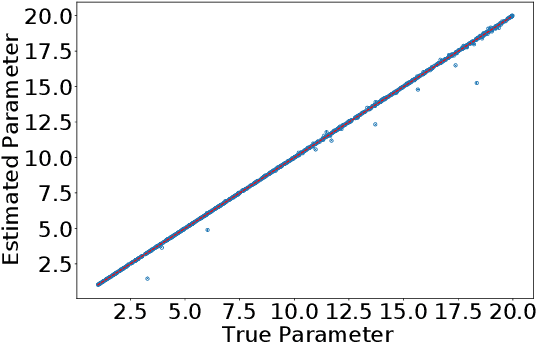
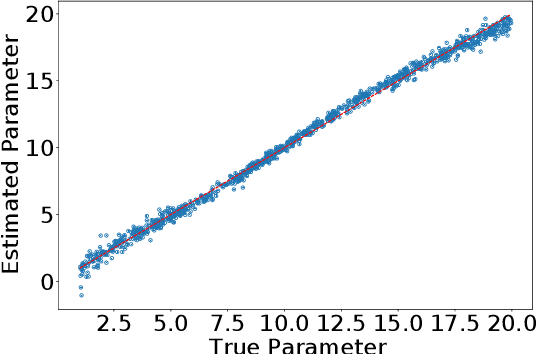
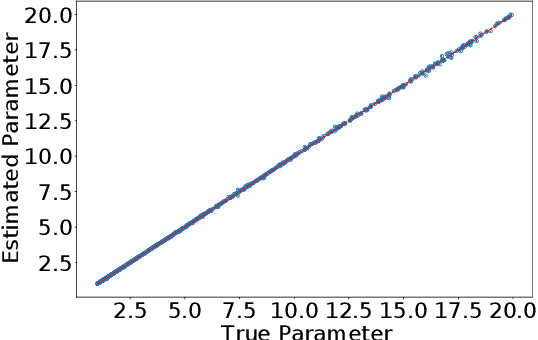
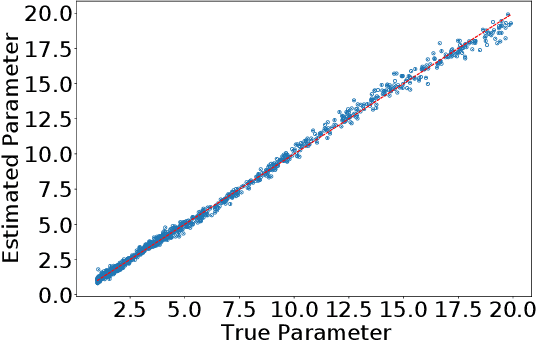
Abstract:One of the most important problems in system identification and statistics is how to estimate the unknown parameters of a given model. Optimization methods and specialized procedures, such as Empirical Minimization (EM) can be used in case the likelihood function can be computed. For situations where one can only simulate from a parametric model, but the likelihood is difficult or impossible to evaluate, a technique known as the Two-Stage (TS) Approach can be applied to obtain reliable parametric estimates. Unfortunately, there is currently a lack of theoretical justification for TS. In this paper, we propose a statistical decision-theoretical derivation of TS, which leads to Bayesian and Minimax estimators. We also show how to apply the TS approach on models for independent and identically distributed samples, by computing quantiles of the data as a first step, and using a linear function as the second stage. The proposed method is illustrated via numerical simulations.
Bandit Quickest Changepoint Detection
Jul 22, 2021
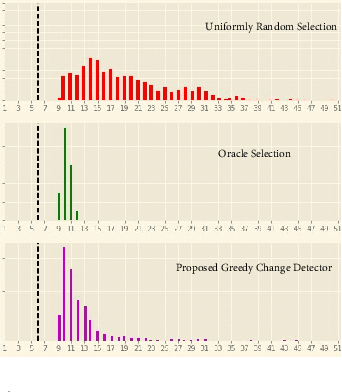

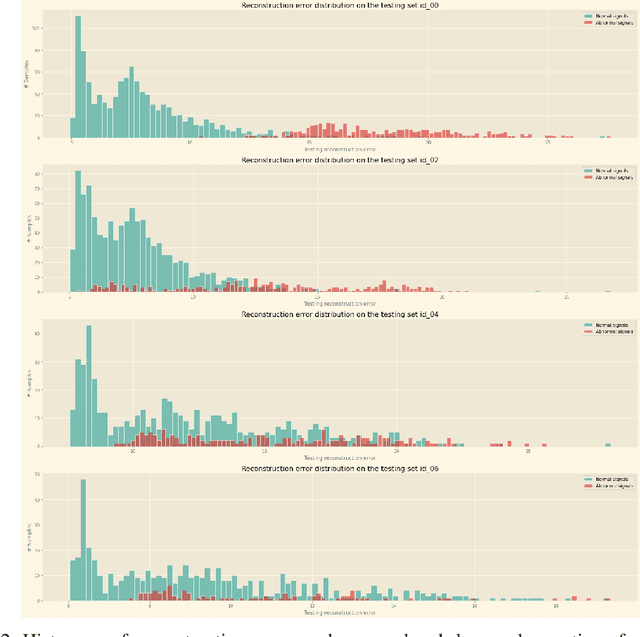
Abstract:Detecting abrupt changes in temporal behavior patterns is of interest in many industrial and security applications. Abrupt changes are often local and observable primarily through a well-aligned sensing action (e.g., a camera with a narrow field-of-view). Due to resource constraints, continuous monitoring of all of the sensors is impractical. We propose the bandit quickest changepoint detection framework as a means of balancing sensing cost with detection delay. In this framework, sensing actions (or sensors) are sequentially chosen, and only measurements corresponding to chosen actions are observed. We derive an information-theoretic lower bound on the detection delay for a general class of finitely parameterized probability distributions. We then propose a computationally efficient online sensing scheme, which seamlessly balances the need for exploration of different sensing options with exploitation of querying informative actions. We derive expected delay bounds for the proposed scheme and show that these bounds match our information-theoretic lower bounds at low false alarm rates, establishing optimality of the proposed method. We then perform a number of experiments on synthetic and real datasets demonstrating the efficacy of our proposed method.
 Add to Chrome
Add to Chrome Add to Firefox
Add to Firefox Add to Edge
Add to Edge